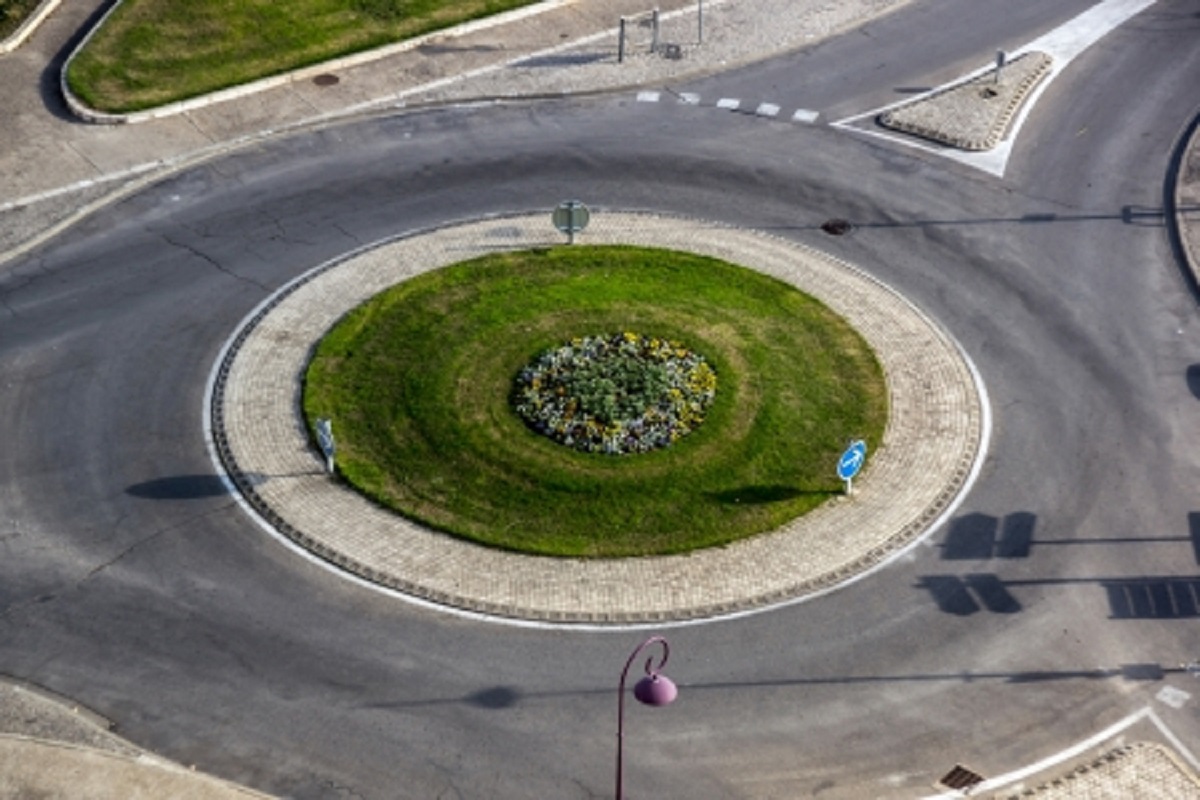What to Know About Roundabouts
For those who do not live in larger towns or cities, roundabouts are a modern version of roadway intersections that keep a steady flow of traffic in one direction (counterclockwise) around an island. They have yield signs at the entrances, giving priority to the vehicles already in the roundabout. They have slower approach speeds, raised splitter islands directing approaching traffic to the right in addition to the aforementioned qualities in every roundabout.
There are several reasons why people would choose roundabouts over regular intersections. They are meant to improve traffic flow, driving safety due to lower conflict points, and the slower speeds lead to less severe accidents. They’re also more sustainable, improve air quality due to constant traffic flow, improve traffic calming, easily adaptable to complex intersections, and have lower construction and maintenance costs.
While they have many great qualities, maneuvering through roundabouts can appear difficult, but they are actually quite simple. Before one enters a roundabout, signs and markings on the road alert drivers that speeds need to be reduced.
For motorists, when approaching the roundabout and acknowledging the signals to reduce speed and yield to oncoming left-hand traffic, pay attention to the signs indicating the exits. When entering the dividing approach, slow down and proceed to the right. If a cyclist or pedestrian is crossing, stop and allow them to do so, as required by law.
When clear, proceed into the roundabout to the right. Continue around until you reach your desired exit, and then use your turn signal to alert other drivers of your exit. If you miss the exit, just go around again. While exiting, watch for pedestrians and cyclists wanting to cross.
Roundabouts were constructed to accommodate large trucks and emergency vehicles as well. Larger vehicles may use the concrete run-up around the central island to maneuver easily in the roundabout.
Bicyclists use roundabouts in a similar way to motorists, though they may also exit roadways using the curb ramps or the sidewalk like pedestrians. Give pedestrians the right of way, and use hand signals when exiting the roundabout.
For pedestrians, use sidewalks and crosswalks. Do not cross the roundabout to reach the central island. Cross one line at a time, using the splitter islands for refuge. When crossing an entry lane, look away from the roundabout for oncoming traffic. With the exit lane, look back for exiting vehicles. As a pedestrian, you have the right of way over cyclists and motorists while in the designated crosswalk, but always cross carefully so drivers can see you in time.
Think you or someone you know is in need of Behind the Wheel Training? Training Wheels is a Margate driving school specializing in teaching new teen drivers how to stay safe on the road. For more information on our lessons, please click here.
Copyright: bonzodog / 123RF Stock Photo

